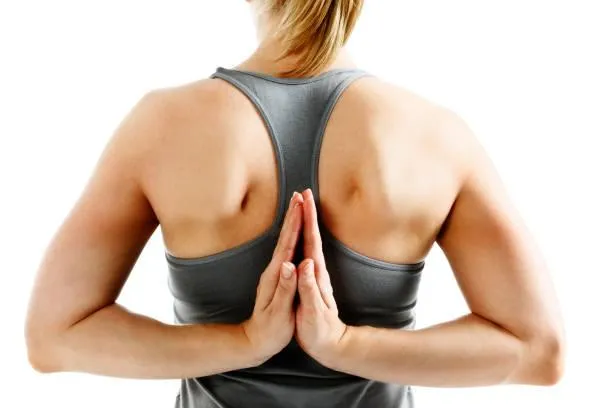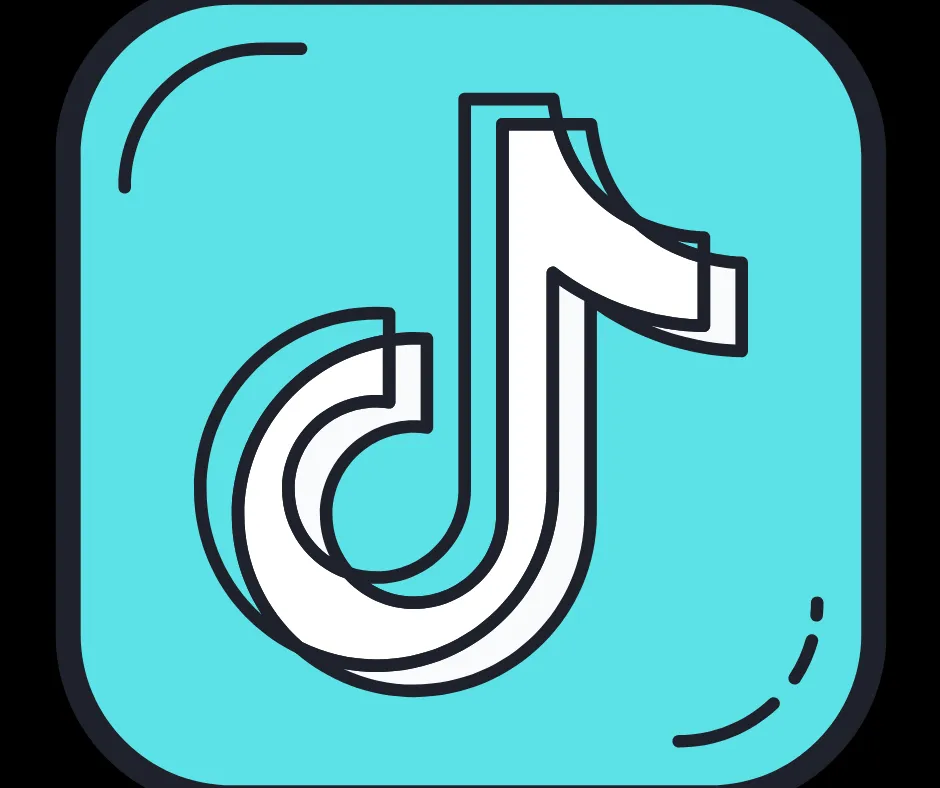NEED HELP? BOOK A CALL

IMPROVE SHOULDER & SCAPULAR MOBILITY TO DECREASE PAIN
“ Rebuild YOU, Heal Your Pain Through Correct Movement - For Long Term Results.” - Lisa Maclean

Often you don't even notice that you are lacking mobility until you actually have pain. Your injury is most commonly due to your limited Range of Motion through the joint itself, this can either be on both sides or again very common for only one side to occur the injury while the other side has to compensate....
Neck pain? Shoulder pain? Upper back aches and pains? even wrist and elbow pain!?
If a joint is restricted, it can lead to overload of other joints and overuse of muscles that aren’t meant to handle the load AKA compensations, imbalances and INJURY!
That is why it is key you address any restrictions in mobility you may have consistently... Now you are probably rolling your eyes at that big "C" word but the truth is CONSISTENCY wins over INTENSITY when we are talking rehab and prehab.
Often we stretch and just feel like we tighten right back up because we keep replicating the same movement patterns and recruitment patterns that made us tight in the first place.
We may even foam roll having heard that foam rolling is like a massage and can loosen and relax tight muscles.
But again…it may feel good in the moment, but results never really seem to “stick.”
That is why you must include activation exercises and make your mobility work a 3-part process before you include more compound and strengthening or cardio exercises!
This doesn’t have to mean spending hours rolling, stretching and activating. Even just picking 1-2 moves of each for a quick 5-10 minute warm up can work wonders if you’re targeting your areas of tightness or weakness!
Below are 11 exercises I have put together which include dynamic movements, foam rolling, trigger pointing and activation.
Do you have to do all of this for the max benefits? NOPE chose which ones are of benefit to you for better range of motion, make sure to include 1-2 activation exercises to ensure your pain is getting better opposed to only having a "band aid" affect.
Because so many of us spend so much time hunched over at a computer or seated in a car, our pecs or chest muscles can become tight and shortened.
This can lead to not only shoulder injury, but also be partly responsible for why your upper back and neck always feels tight! This can lead to the muscles of your upper back becoming over stretched and underactive.
That is why it is key that many of us start with relaxing our chest muscles!
#1 FOAM ROLL - SCAPULAR RESET with PEC Releasing
Encouraging correct movement from shoulders, scaps, traps and also throw in your pecs.
While lying on the foam roller you will encourage Neutral Spine which will help your posture while focusing on the range of motion through your shoulder joint.
Always stop when you feel; tension and work through that "sticky" spot to release and through your movements.
This is a great daily exercise and of course awesome to add in to your upper body warm up!

#2 SHOULDER & HIP MOBILITY
Lastly, what about shoulder pain? Again, it's a yes here. Tight hips cause your entire spine to move differently. There are muscles that attach your pelvis to your shoulder.
Spinal mobility is key to helping us prevent neck and shoulder aches and pains. And we have to remember that our spine doesn’t only allow us to flex or extend but also rotate!
With this bad boy you can improve your spinal mobility, open up your chest and even stretch your glutes. Leaning forward in this lunge position will sneak in a release for your Psoas, delicious!
Becoming aware of your pelvis positioning and ensuring you are only going to your range of motion.

#3 THORACIC JUMPROPES
Thoracic mobility is affected by numerous factors such as rib mobility, breathing mechanics, and muscular stiffness.
Thoracic mobility can be thought of the available movement or motion of this region of our body, and is very important for achieving good posture to ensure you don't get pain from poor posture
This move can help improve your spinal extension aka reverse the constant forward flexion or hunched posture while also improving your shoulder mobility. It can stretch your lats and even your triceps.
Sinking into a child pose will allow your shoulders, spine and hips to connect once again. Once you are confident in this position you can pull back into your upper back to allow for a better rotation and release.

#4 HALF KNEELING ROTATIONS
Good movement in the thoracic spine is essential to remain pain free for sports and modern day lifestyles. Poor movement at this area can increase thoracic conditions such as kyphosis (rounded upper back) leading to complications with back, neck and shoulders.
Similar to the Thoracic Rotation in #2. While sitting upright in your lunge the main focus is in your Thoracic more then your pelvis. You can encourage a slight rotation through your hips, while your arms are in full extension squeeze through your shoulder blades (scapular) and feel the muscle connection travel down your spine.
Slow and steady wins the race, if you twist to fast you may increase the tension!


#5 NECK TRIGGER POINTING
Muscle tension in the neck is a common complaint. Your neck contains flexible muscles that support the weight of your head. These muscles can be injured and irritated from overuse and postural problems.
This move can be key for anyone who’s suffered from tension headaches in the past.
Using the Yoga Block will protect your neck from straining and allow you to find those tension spots easier, you are in control of the pressure you are putting through the balls.
You may even want to slightly turn your head from side to side, you will be amazed at how much tension you hold at the jaw line behind your ear!

#6 LAT FOAM ROLLING
While we often think of our lats as part of our back, which they are, they can also perpetuate our hunched posture and rounded shoulders partly because of their insertion point in our upper arm.
Tight lats can not only limit your shoulder mobility, but lead to scapular pain AND even perpetuate SI Joint Dysfunction, making them an important muscle to pay attention to!
Start by lying on your side with a roller under one armpit. Extend the arm on the side with the roller up above the roller. Then rock forward and backward on the roller, rotating your chest toward the ground and then up toward the ceiling as you roll on the roller so it hits toward your ribs and then toward your back.
Hold on any tight spots you find then move it lower down the side of your back. Hold on any tight spots as you go and make sure to rock forward and backward as you make your way down your side.

ACTIVATION:
#7 SWAN
Improve your shoulder mobility and activate the muscles of your upper back as well as your rotator.
Swan opens the front-body, expands the chest and stretches the abdominals, hip flexors, and quadriceps. This exercise also improves posture and reduces the risk of back pain through strengthening the back and mobilising the mid/upper (thoracic) spine.
Begin by lying flat on your stomach, facing down on the Mat. Your arms should be bent with your elbows close to your sides and palms facing down. Make sure your elbows are up and legs are together.
Slowly lift your chest off the Mat. Press your hands back down on the Mat and lift your upper body higher. Once at the top of the movement focusing on the movenet throughout your scap and opening up your chest.


#8 LAT PULLDOWN
The lat pulldown is a fantastic exercise to strengthen the latissimus dorsi muscle, the broadest muscle in your back, as well as your biceps, rear delts, rhomboids and traps. This movement gives you the opportunity to train many muscles at the same time, and develop overall strength in your back and upper body and the best of all promotes good postures and spinal stability.
Resistance band is the best place to start with this exercise, ground your feet into the fllor and focus on the stability coming from your quads and glutes. Pulling your arms back towards you and squeezing through your shoulder blades and opening up your chest. Your goal is to encourage correct range of motion through your shoulder joint while working your functional stability muscles!
A bit of an all rounder!!

#9 DOWNWARD DOG
Strengthens the upper body. The stabilizing position of downward dog strengthens muscles in the arms, upper back and shoulders.
Elongates the spine downward pressure on the spine is reversed and your vertebrae are realigned in a gentle way as well as opens up the backs of the legs, widens the hamstrings, the calves, and the Achilles tendon.
Begin by getting down on all fours. Start on the floor with your hands shoulder-width apart, with your shoulders above your wrists. Align your inner shoulders with your index fingers. Your hips should be above or slightly before your knees. Lift your knees. Next, tuck your toes against the mat or ground, using that leverage to extend your legs and lift both knees into the air. Your body should now resemble an upside-down “V” shape. Extend. Extend and lengthen your spine, simultaneously pressing through the palms of your hands and balls of your feet. Pull your pelvis up toward the ceiling, using the triceps in your upper arms to help stabilize your form.

#10 LATERAL ARM RAISE
Lateral raises will help increase your shoulder mobility, range of motion, and stability
Targeting this muscle helps to strengthen, tone, and stabilize your shoulders and upper body. Strong deltoids help with pressing, pulling, and overhead movements.
Don't forget this exercise will also improve your body posture as they engage your core, upper back, and neck muscles as well.
Start by ensuring you are standing straight and in correct alignment, slowly raise your arm just a couple of inches and pause. This short pause helps in disengaging the trapezius muscles so that your focus can shift to the deltoids. Lower down slowly. In fact, take about twice as long to lower the weight as you took in lifting them up. Your arms with be back to your side.

#11 BANDED SHOULDER ROTATIONS
A loss of shoulder internal rotation can be due to many factors such as limited muscular flexibility (stiff or tight soft tissues), excessive tightness in the joint capsule, or poor alignment of the shoulder complex (such as poor posture and muscular imbalances).
Sufficient external rotation in shoulders helps keeping your shoulders healthy and improve your posture as well as the ability to reach and lift objects overhead.
The prime muscle groups that externally rotate the glenohumeral joint are the posterior deltoid, infraspinatus, and teres minor.
Stand against a wall holding your arm in front at 90 degrees. Bend your elbow, keeping your upper arm in contact with the wall. Be careful not to hunch your shoulder.

Needing to cross the finish line and beat pain, injuries and mobility issues for good??
Dialling in your prehab workouts, personalised Movement sessions, Nutrition & Mindset so they all work together in one comprehensive plan.
Check out my online one on one coaching program!
I’m a corrective exercise NERD and I want to help you move and feel your best!
1:1 REBUILD Coaching: https://rebuildprogram.com.au/the-rebuild-system






